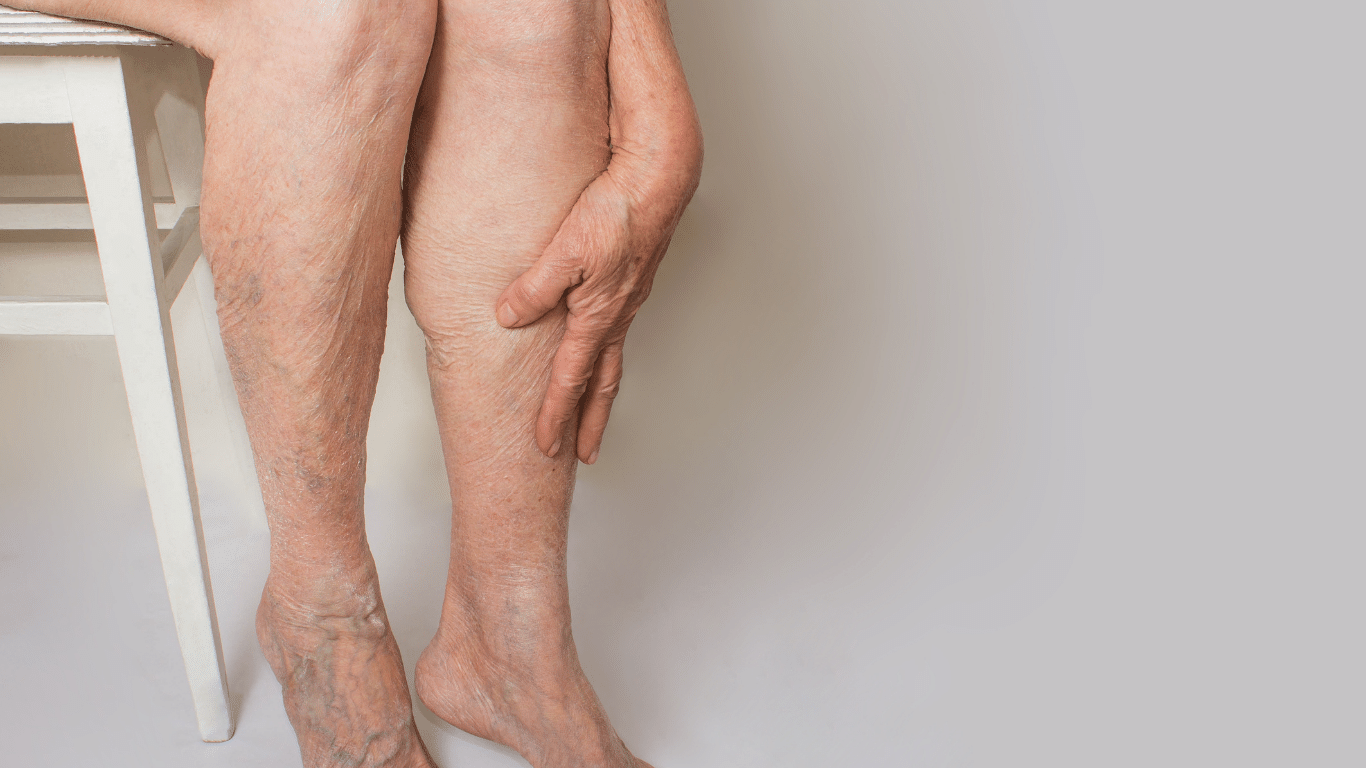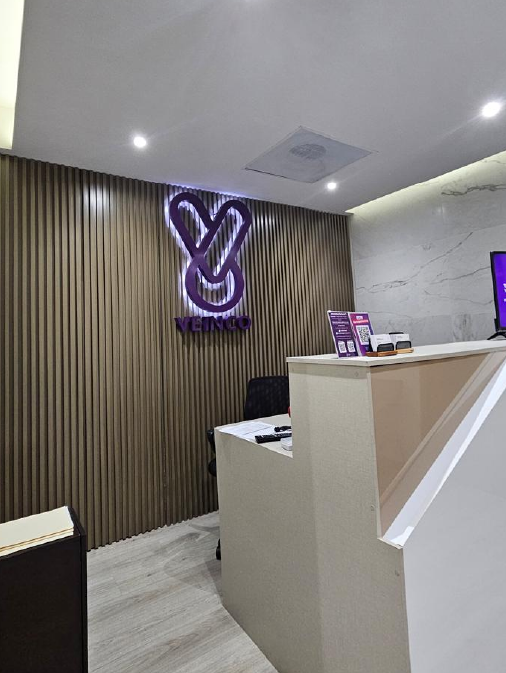
Chronic Venous Insufficiency Stages and How to Treat Them
Having healthy legs can become synonymous with freedom, endurance, and control of your life. More specifically, this vital part of our body gives us strength and drive to the rest of our body. But did you know that varicose veins can reduce such freedom? Therefore, it is important to know the chronic venous insufficiency stages as soon as possible.
This problem is usually more evident in patients over 60 years of age. However, today many begin to experience signs of varicose veins at a young age. And a common mistake is not seeking medical professional help and care or postponing a chronic venous insufficiency treatment in its initial stages. It is for this reason that today we will talk about 4 fundamental aspects that you should know:
- Stages of varicose veins and how to identify them
- What to do to relieve symptoms in the early stages
- Non-invasive vein treatments
- Advantages of choosing a minimally invasive treatment
What are chronic venous insufficiency stages and how can you identify them?
It is important to know that varicose veins do not usually appear drastically. Rather, they develop gradually and progressively. For this reason, being aware of their development and detecting them at an early stage will be essential to avoid major complications.
Usually, varicose veins are typically classified into 4 degrees or stages:
Varicose veins stage 1
It is also known as varicose veins or spider veins in its initial stage. They usually have an appearance of fine threads of bluish or purple color. They can also occur in a starry or spider form, creating a branching of small-caliber vessels.
They can produce slight symptoms of heaviness or tiredness in the legs. However, in this early stage, it represents mostly an aesthetic problem.
Varicose veins stage 2
When the veins of the legs and ankles begin to present different degrees of dilation, it is also known as truncal varicose veins. Varicose veins may still be deep, but they become more visible with the increase in thickness and color. And at the same time, other symptoms appear, such as cramps from time to time, tingling sensation, itching, and stinging.
Varicose veins stage 3
People experience the most frequent and intense symptoms at this chronic venous insufficiency stage. Circulation becomes increasingly difficult because the blood vessels dilate. In addition to the swelling, edema and more changes in coloration are evident. That occurs because the veins are more dilated and tortuous.
Varicose veins stage 4
This phase is the most complicated because the symptoms affect the mobility and performance of the person. Open sores usually occur that tend to become easily infected, and the pain is constant. In addition, they are easy to distinguish by their thickness and bulge in the skin.
What you can do to relieve symptoms in the early Chronic Venous Insufficiency stages
There are many factors by which varicose veins can occur. However, taking preventive measures and making small adjustments to your habits and routine can be very helpful in decreasing symptoms. It would be incredibly beneficial to implement the following suggestions:
- Avoid prolonged sun exposure
- Get cold baths or apply cold water
- Avoid staying in the same position for a long time, either sitting or standing
- Use gels with menthol or another cooling effect
- Elevate your legs and feet above the level of your heart
- Avoid gaining weight or aim to lose weight if necessary
- Wear specialized compression garments, such as compression stockings
Non-invasive treatments for chronic venous insufficiency stages, are they possible?
Is surgery the only effective solution for varicose veins? Before deciding, a specialist must evaluate the condition of each person. In the most severe cases, the best option is surgery, a proven and safe method. But in the initial stage of vein disease or milder cases, you can opt for a less invasive treatment.
At Veinco’s world-class vein clinic, we have advanced techniques, duplex ultrasound, and first-class technology that offer an alternative treatment option to surgery. In this way, chronic venous insufficiency (CVI) can be treated with high efficacy and incredible results. Here are 4 of the main options for varicose veins:
1. Pharmacological treatment
Currently, medicine has been remarkably effective in many cases in relieving the main symptoms of chronic venous insufficiency and preventing the condition from worsening. These are usually administered orally.
2. Radiofrequency
Radiofrequency ablation is a technique where energy is applied in the form of heat. With the help of a catheter on varicose veins, heat is applied in controlled doses in order to alter the vein and promote blood flow without causing blood clotting.
3. Laser treatments
Several techniques can be used with lasers depending on the depth and condition of the venous insufficiency. The application of the laser aims to coagulate or close access to blood, forcing it to circulate through other healthy blood vessels.
4. Sclerotherapy
This treatment is ideal for relieving symptoms such as pain, swelling, and cramps. It consists of injecting a direct solution into the damaged vein, forcing it to heal the inner lining. Over time, the scar tissue absorbs the local tissue and disappears from the naked eye.
5 Advantages of minimally invasive treatments for chronic venous insufficiency stages
1. Avoid the stress of surgery
Choosing a non-invasive treatment allows you to solve chronic venous disease without requiring general anesthesia or open wounds. That reduces the risk factors of any surgery, the type of post-surgical care, and the stress of the process
2. Faster recovery times
Unlike surgery, the recovery period is much shorter. A rest period of 24 to 48 hours is recommended in many cases. Although it is necessary to take into account some recommendations about care, you will be able to reintegrate into your daily activities in a short time.
3. Reduced costs
Sessions of these treatments are significantly cheaper than surgery. That happens because, unlike surgery, it is not necessary to pay surgeons’ and other specialists’ fees, hospitalization, and other expenses related to surgical intervention.
4. Leaves no scars
Chronic venous insufficiency treatments such as lasers do not harm the skin tissue or leave marks on it. Instead, performing surgery inevitably makes incisions and sutures that can leave scars that are difficult to erase completely.
5. Improves the appearance of your legs
Although the health and well-being of the legs is the main thing, there is no denying that there is a very positive effect on their appearance. The earlier the chronic venous insufficiency stages, the better results can be obtained.
Don’t put off the health of your legs!
If you want beautiful, light, and strong legs, do not hesitate to attend to the first symptoms of chronic venous. If you wish to receive an accurate and reliable diagnosis of the condition of your veins, do not hesitate to approach our vein specialists. With the help of state-of-the-art equipment, they will be able to indicate a good diagnosis and the best solutions.
Please reach out to the best varicose vein specialists at (888) 568-3409 today, or you can also email us at hello@localhost. You will understand the chronic venous insufficiency stages in-depth and enjoy effective solutions for healthy and stunning legs!
Leave a reply


